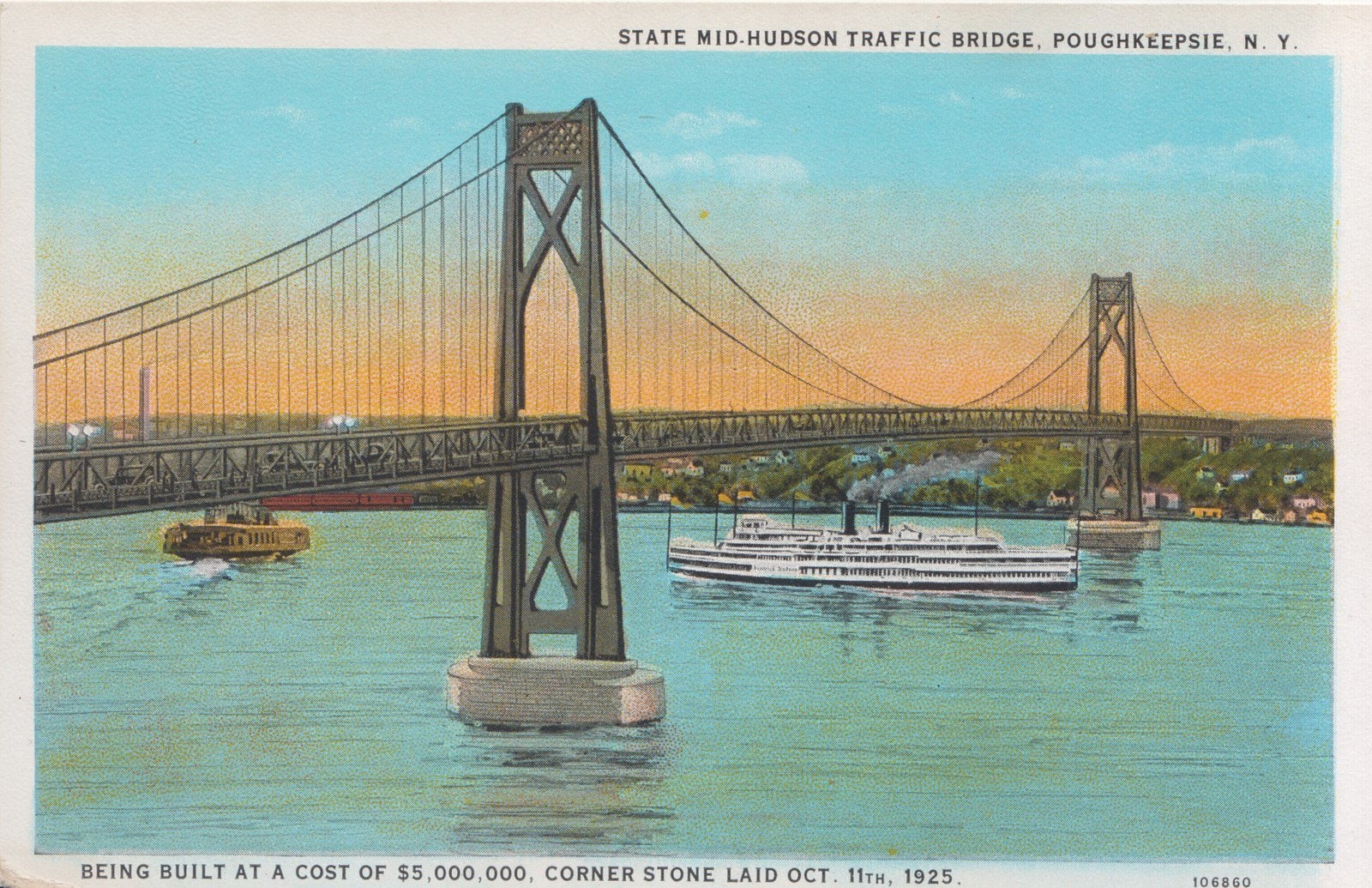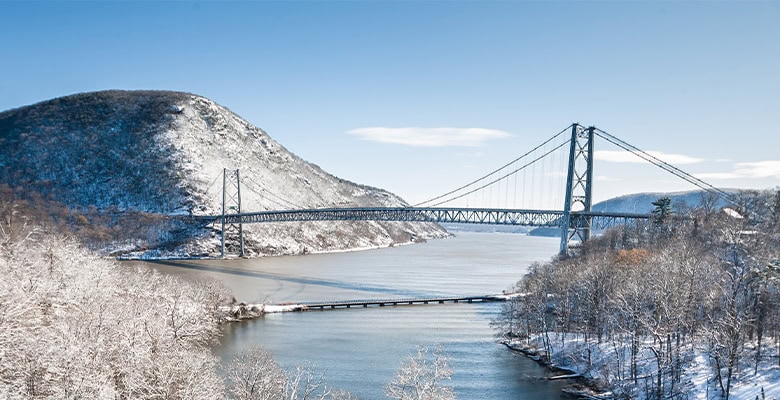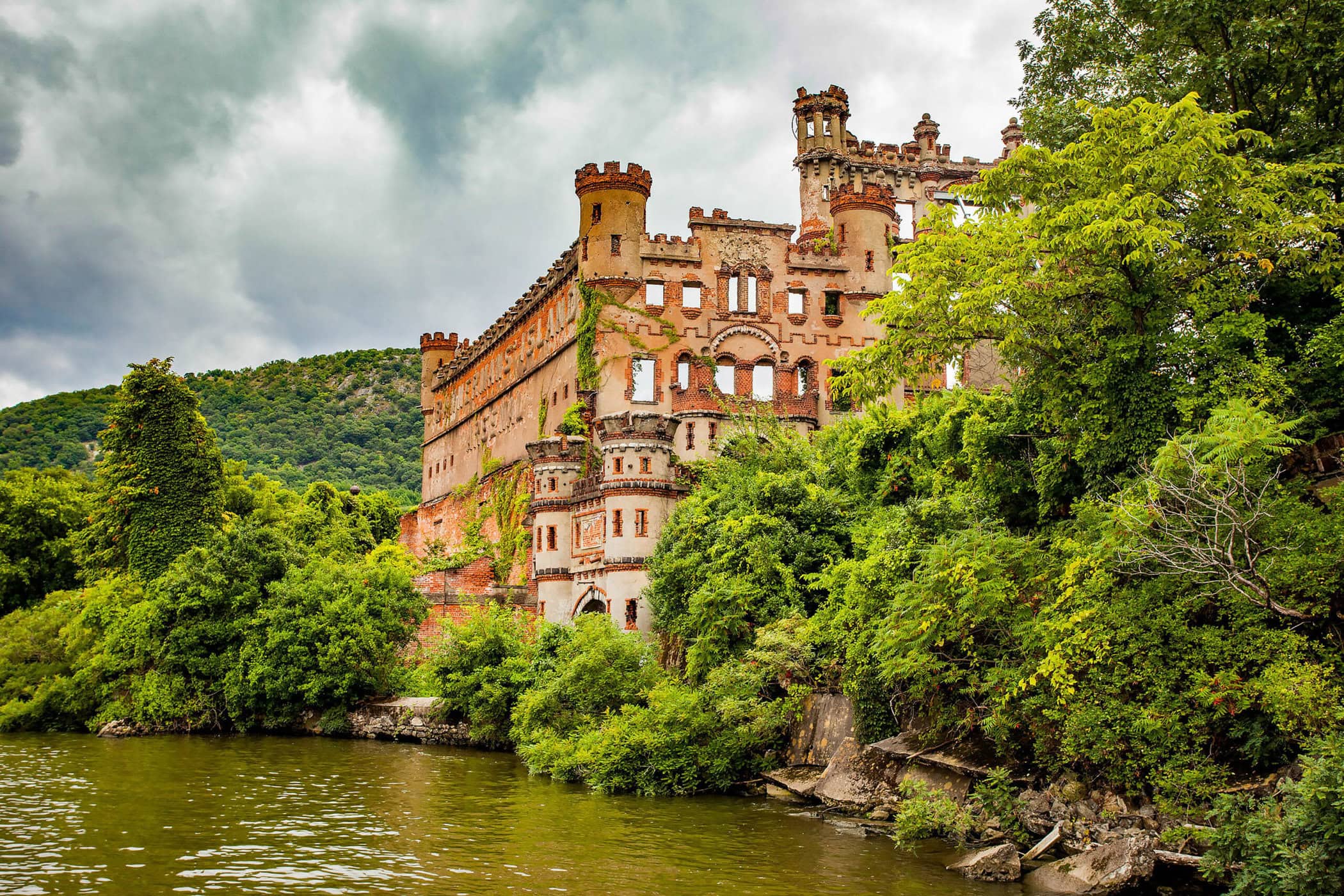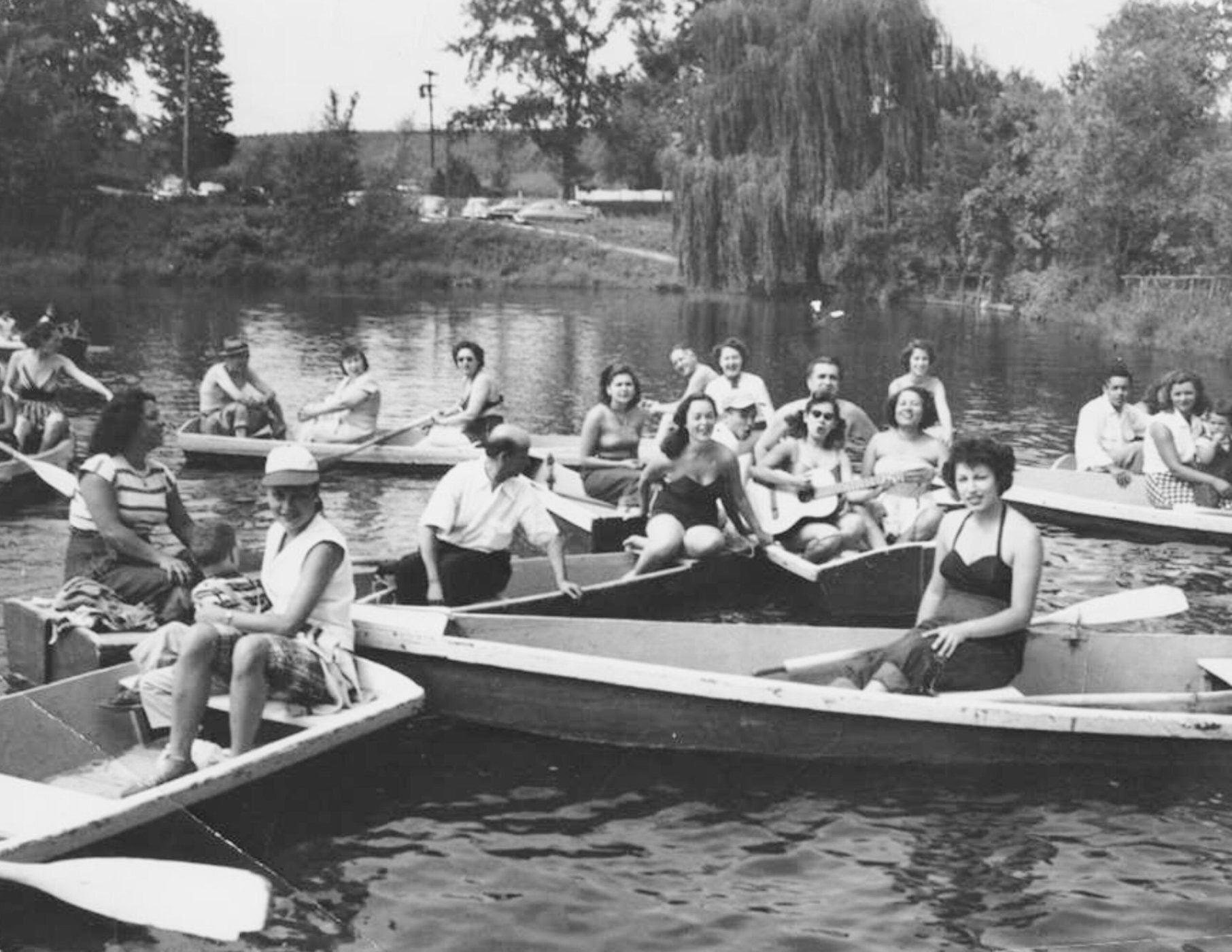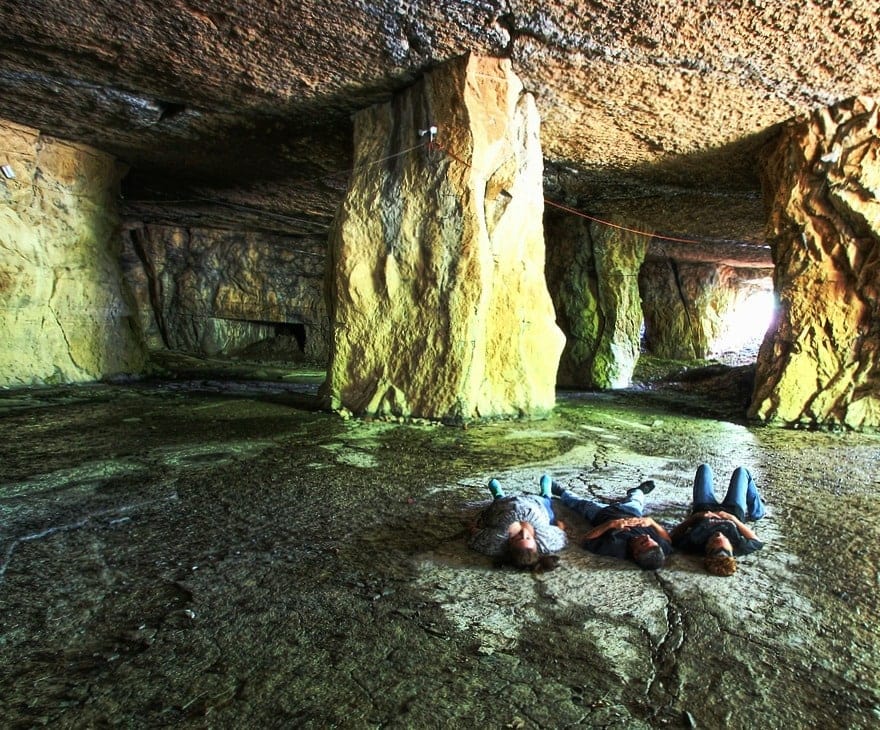Walk through many forests in the mid- and lower Hudson Valley — including those at Scenic Hudson’s Shaupeneak Ridge, Esopus Meadows and Black Creek preserves — and you’ll notice many kinds of stone walls snaking through the trees.
Who erected these barriers in the middle of the woods? And why? The answers trace back centuries. Often ignored by hikers, and even some history buffs, stone walls are only one of the many kinds of stone structures found in the region.
Not all stone structures found on agricultural land, past or present, were necessarily built by farmers. While much research is being done to identify their origin, who built them, and when, throughout the Northeast and beyond Indigenous peoples built stone barriers, mounds, monuments, and other structures for other purposes long before colonists arrived.
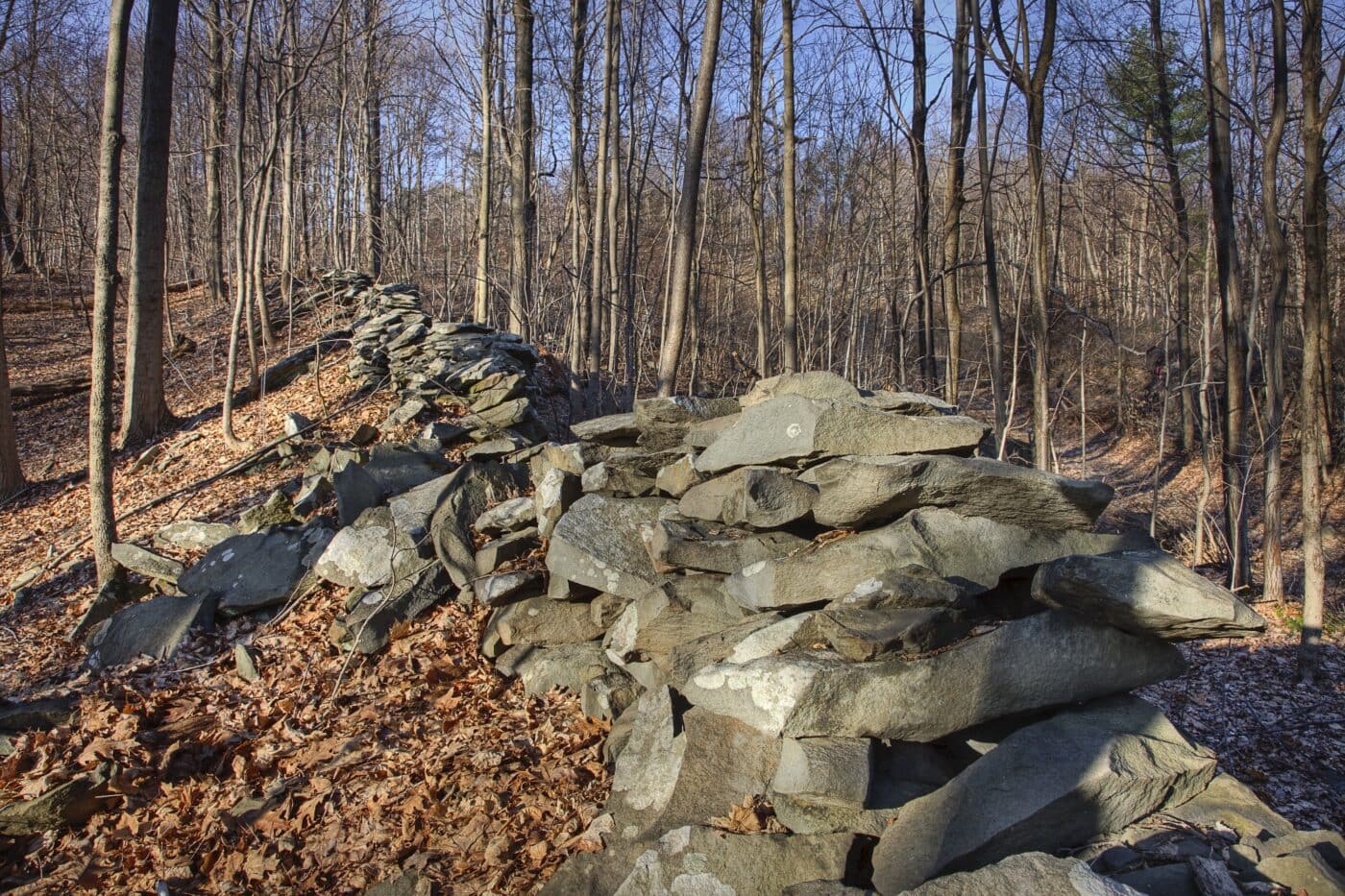
In fact, in the southeastern U.S. and southeastern Canada there is a high concentration of what is known as Ceremonial Stone Landscapes. Some of these cairns and walls may have been used for ceremonial purposes, to indicate boundaries or the direction of trails, or to commemorate the location of important events.
More recent stone walls were needed by early colonial farmers. The old saying goes that “nothing is certain but death and taxes.” For the average local farmer a few centuries ago, you could add one more certainty: stones.
The Hudson Valley contains a superabundance of them, most dumped here by the last glaciers that moved through the region some 12,000 years ago. (An expert geologist could tell you where the glaciers picked them up.) These farmstead stone walls remain as a testament to the hard work it took to create farms in the valley from the 1600s through the mid-1800s.
Preparing a field that wouldn’t break a plow and would be hospitable to crops usually meant moving large quantities of stones. A wall, essentially a linear landfill, required a shorter carry and took up less space than a single pile; plus, if tall enough, it could keep animals from straying. Still, the size of fields remained relatively small because so many stones were “two-handers” — those requiring both arms to lug.
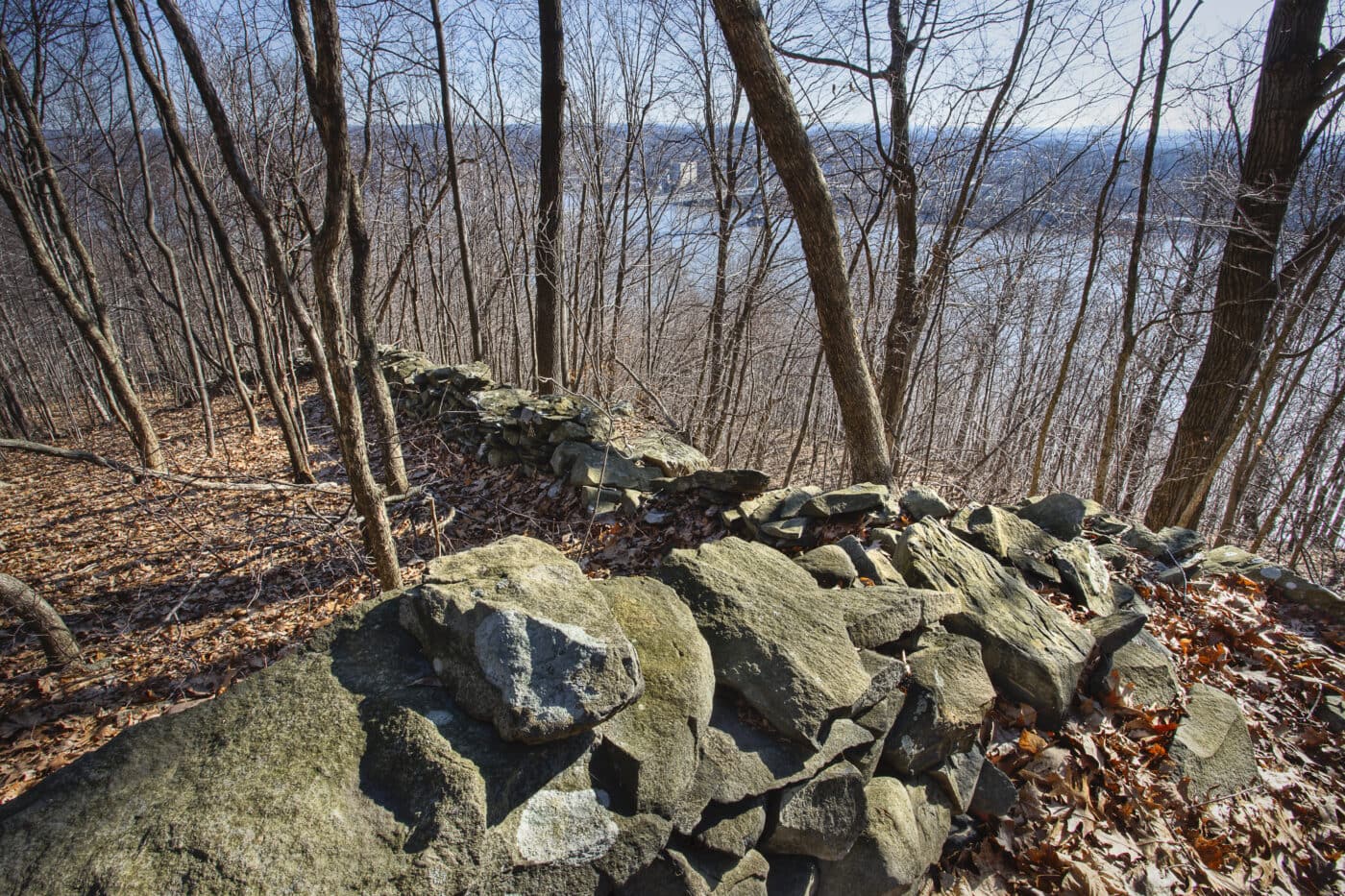
Sadly, for the farmers, the lugging wasn’t a one-time affair: It occurred each spring, as the frost heaved up a fresh batch of stones from beneath the soil. “They just kept coming,” says Susan Allport, author of the book Sermons in Stone: The Stone Walls of New England and New York. “People in the Northeast thought that the devil had put them there.”
Who put them on the walls? On the vast majority of the region’s farms, which were small, it was up to the farmers themselves, their wives and children. On larger farms, enslaved Black people often did the backbreaking work. We know the latter, says Allport, because of a few records, such as the ledger of Westchester’s Ezekiel Hawley. One entry in 1787 notes that he credited 32 shillings to an enslaved man named Robin “for four days carting stone.”
That same year in today’s Armonk, Samuel Lyon had more than a quarter mile of walls built by five men. Since the account doesn’t mention payment, historians suspect people enslaved by Lyon did the work. Meanwhile in Poughkeepsie, an enslaved man named Caesar was praised for being expert at “making a very good stone-wall.”
Written accounts in New England attest that enslaved Indigenous peoples also were forced to erect walls for farmers, sometimes as a way of settling debts. Finally, indentured servants and prisoners also carried out the task of building walls.
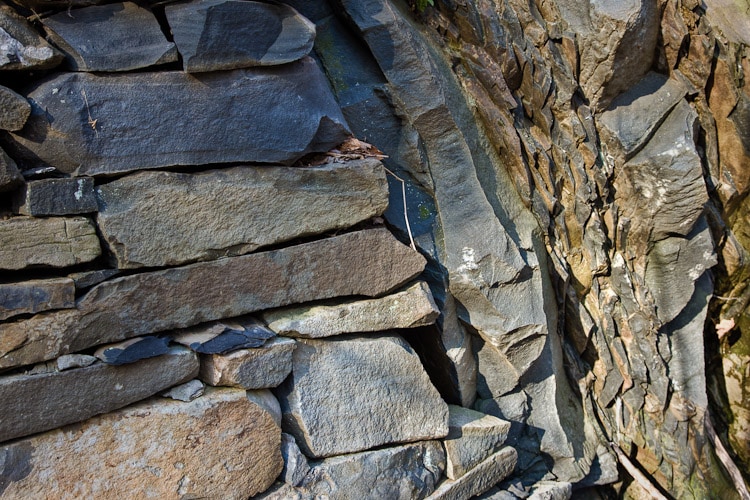
By 1871, a survey counted 252,539 miles of stone walls in New England and northeastern New York — “enough to circle the earth ten times,” says Allport. University of Connecticut professor Robert Thorson, an expert on New England’s stone walls, has estimated it took 40 million days of manual labor, or over 109,000 years’ worth of work, to build them.
Since then, the number of historic stone walls has dwindled. They outlived their usefulness in the 20th century as farmers abandoned their fields and livelihoods for less laborious work, and they didn’t meet the needs of subsequent land development. Today, about 120,000 miles of the walls remain in the valley and New England, many located within woods that have grown up around them. Ironically, while these relics garner little notice, the two stone walls created by sculptor Andy Goldsworthy and a team of craftsmen from Scotland and England in 1999 and 2010 are prime attractions at the Storm King Art Center.
Thorson founded an organization, the Stone Wall Initiative, to protect New England’s stone walls. No such group seems to exist in our region. What’s the point of saving them? “Stone walls are…a visceral connection to the past,” Thorson stresses. “They are just as surely a remnant of a former civilization as a ruin in the Amazon rain forest.” Or as Atlas Obscura so poignantly states, stone walls offer “a trace of countless individual acts etched on the landscape.”
That’s something to ponder the next time you come across one.



